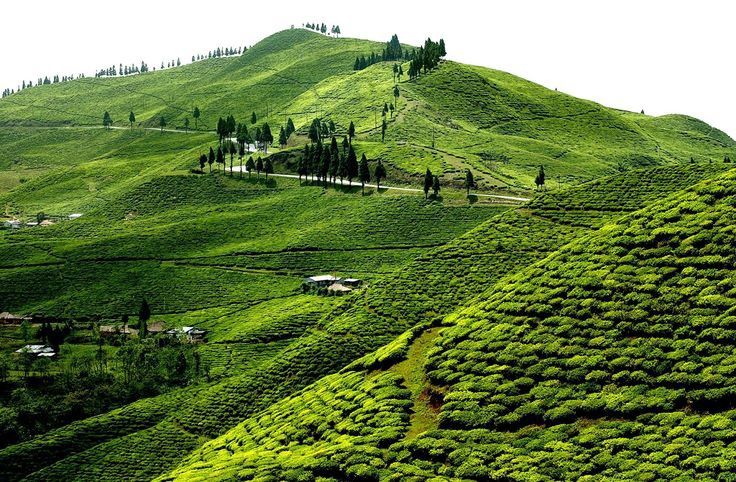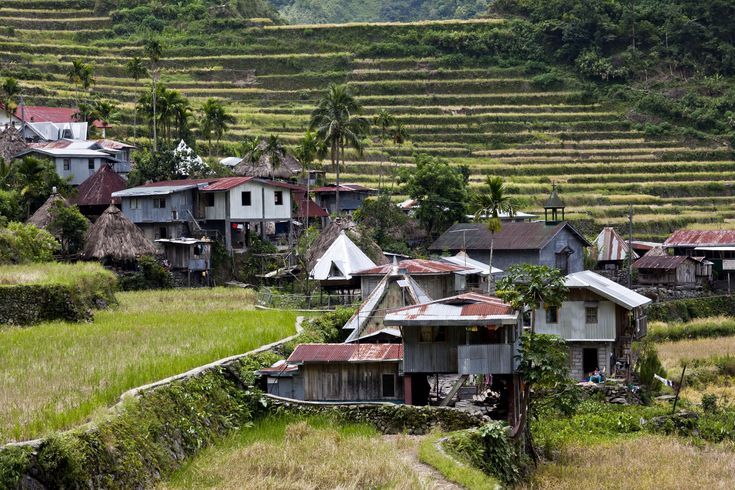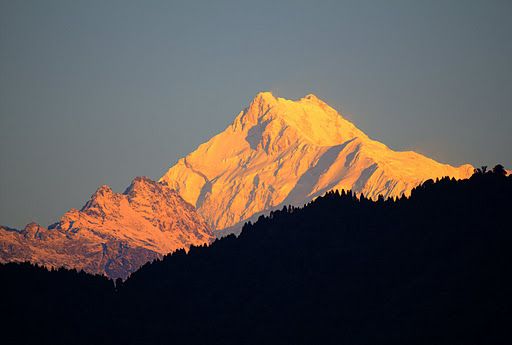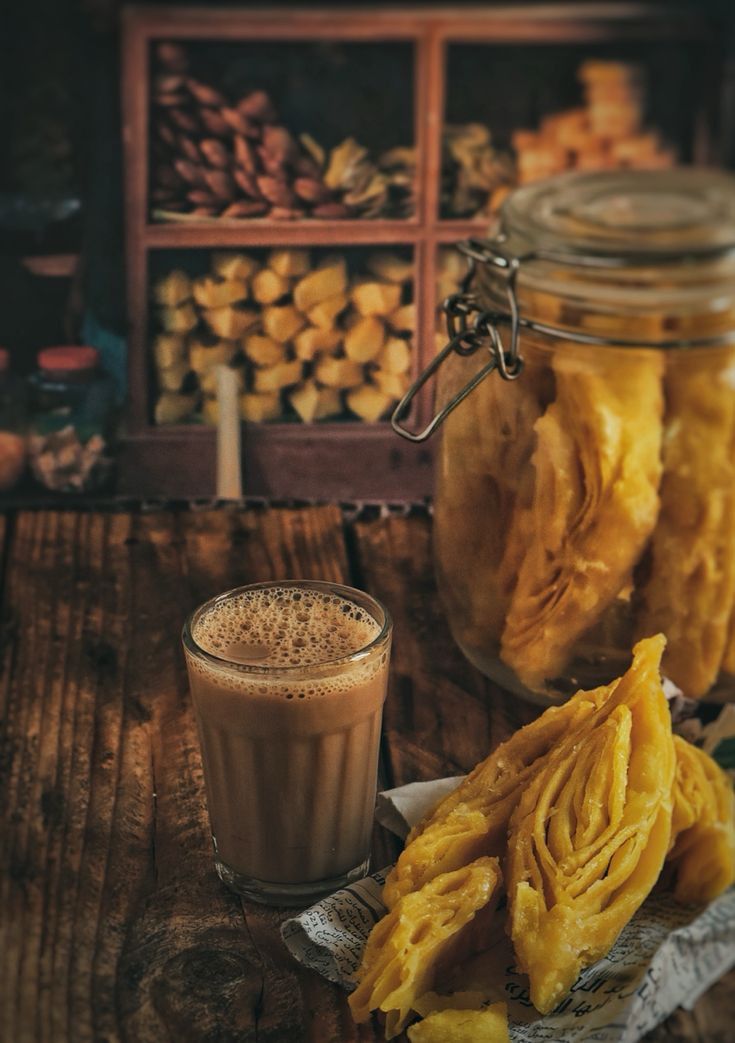Ilam & Nepal’s Eastern Hills
Tea Gardens, Culture, and Kanchenjunga Views
Ilam is where Nepal reveals its softer, greener, and equally enchanting side, offering tranquility and discovery in every corner.
Plan Your TripHighlights – Why Visit Ilam & the Eastern Hills?
Lush Tea Gardens
Stroll through the endless, rolling green tea estates of Kanyam and Fikkal.
Sunrise over Kanchenjunga
Visit Antu Danda, a spectacular viewpoint offering sunrise views of Mt. Kanchenjunga.
Limbu & Rai Culture
Experience the local culture of the Limbu and Rai people in traditional Eastern Hill villages.
Authentic Ilam Tea
Taste world-famous Ilam tea, dairy products, and fresh local delicacies.
Hiking & Birdwatching
Enjoy hiking, birdwatching, and immersive eco-tourism experiences in the scenic hills.
Mai Pokhari Wetland
Visit Mai Pokhari Lake, a Ramsar-listed wetland rich in biodiversity and spiritual significance.
Tea Gardens & Scenic Beauty: The Green Heart of Nepal
Known as the tea capital of Nepal, Ilam and the Eastern Hills are a refreshing escape into rolling green landscapes, cultural diversity, and authentic local experiences. The rolling tea estates of Ilam are among the most beautiful in South Asia. Stretching over hillsides like green carpets, the plantations offer both serenity and adventure. Visitors can walk through tea gardens, learn about traditional tea-making processes, and sample freshly brewed Ilam tea straight from the source. Popular estates like Kanyam and Fikkal attract travelers with breathtaking views and peaceful surroundings.

Culture & Local Experiences: Limbu and Rai Traditions
Ilam and the Eastern Hills are home to ethnically diverse communities, including the Limbu, Rai, Tamang, and Sherpa people. Each community contributes unique traditions, music, and festivals that enrich the region’s cultural fabric. Visitors can stay in local homestays, join cultural programs, or witness rituals that reflect a deep bond with nature. The area is also known for its spiritual significance, with monasteries, Hindu shrines, and traditional healing practices forming an important part of daily life. For travelers seeking authentic interaction, Ilam offers a chance to connect directly with people who carry centuries-old traditions.

Attractions & Must-Visit Sites
The key highlights of the Eastern Hills blend spectacular views with cultural depth:
- Kanyam & Fikkal Tea Gardens: The heart of Ilam’s scenic beauty.
- Antu Danda Viewpoint: A spectacular sunrise spot overlooking Mt. Kanchenjunga, the world's third-highest peak.
- Mai Pokhari Lake: A Ramsar-listed wetland rich in biodiversity and spirituality.
- Sandakphu & Eastern Hill Trails: Popular trekking and hiking routes with Himalayan panoramas.
- Local Villages (Shree Antu, Phikkal, etc.): Authentic rural life and cultural immersion.

Food & Flavors of the Eastern Hills: Tea and Dairy
Food in Ilam reflects both its agricultural richness and cultural diversity. Ilam tea is world-famous, often paired with fresh dairy products like milk, cheese, and yogurt. Traditional meals include dhindo (millet porridge), sel roti (rice flour bread), and gundruk (fermented leafy greens). Local households and tea shops serve warm snacks and dishes influenced by both Nepali and ethnic cuisines. For those with a sweet tooth, dairy-based sweets and fruit products are must-tries. Every meal here feels fresh, organic, and deeply tied to the land.

Frequently Asked Questions
1. When is the best time to visit Ilam & Eastern Hills?
The best times are spring (March–May) and autumn (September–November) for clear skies, pleasant weather, and colorful landscapes.
2. How can I reach Ilam?
Ilam is accessible by road from Kathmandu (approx. 12–14 hours) or via a short flight to Bhadrapur Airport, followed by a scenic drive.
3. What is Ilam most famous for?
Ilam is best known for its tea gardens, often called the tea capital of Nepal, as well as its rich biodiversity.
4. Is trekking possible in the Eastern Hills?
Yes, there are several short and moderate treks, including Sandakphu and trails around Antu Danda, offering Himalayan views.
5. What type of accommodations are available in Ilam?
You’ll find tea garden resorts, guesthouses, eco-lodges, and homestays, ranging from simple to comfortable.
6. Can I visit Ilam along with Darjeeling or Sikkim?
Yes, Ilam lies close to the Indian border, making it easy to combine with Darjeeling, Sikkim, or Kalimpong for a cross-border cultural journey.
Discover Nepal's Green Side
If you seek offbeat travel with comfort, culture, and Himalayan charm, Ilam is waiting for you. Experience tea-scented breezes and timeless traditions.
Visit Ilam